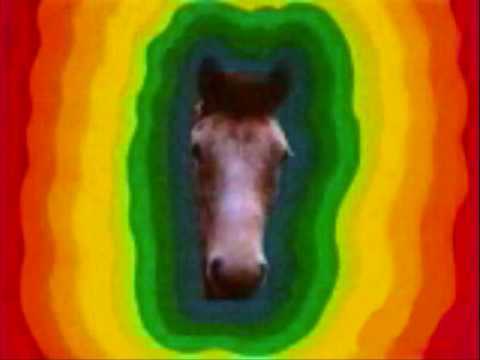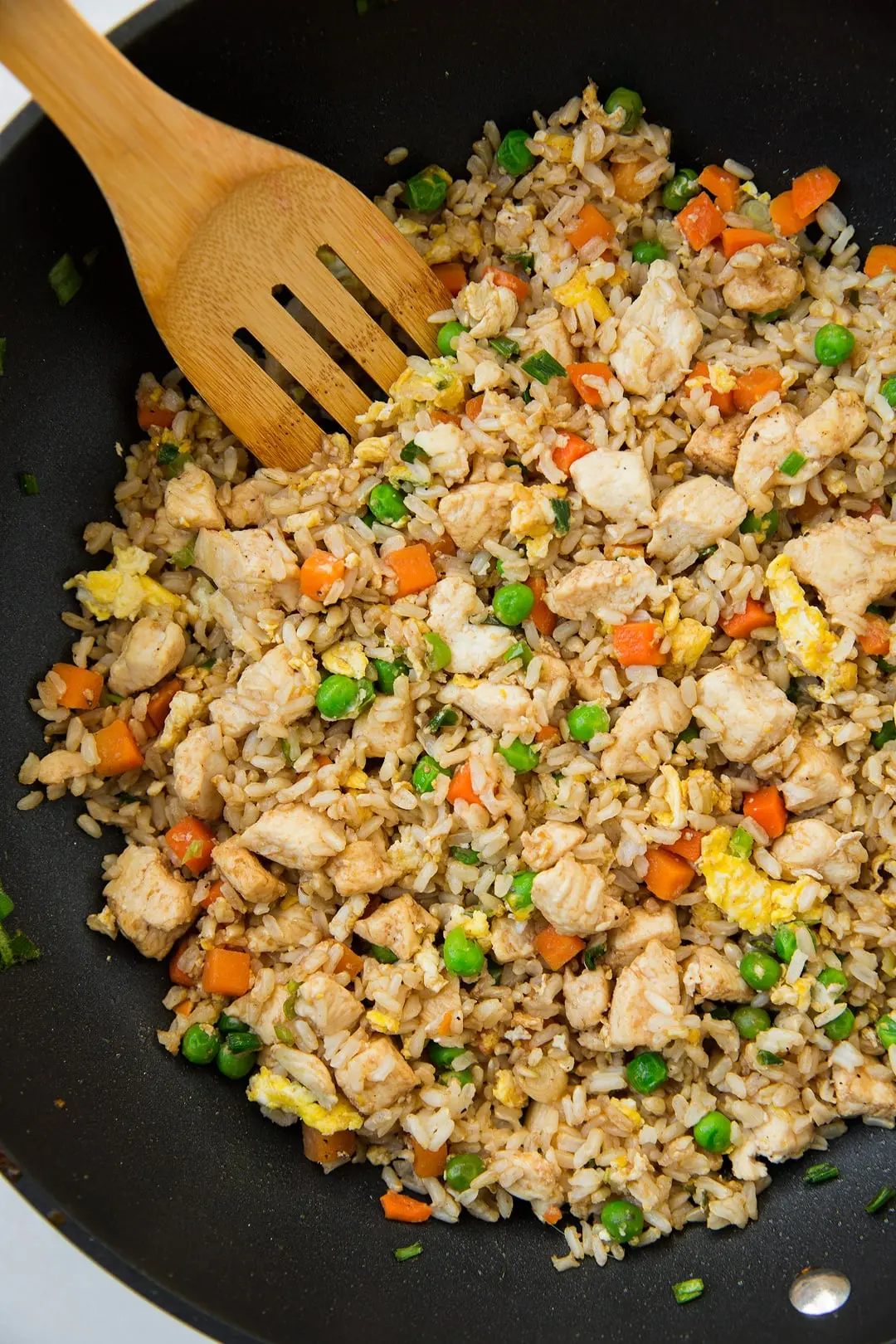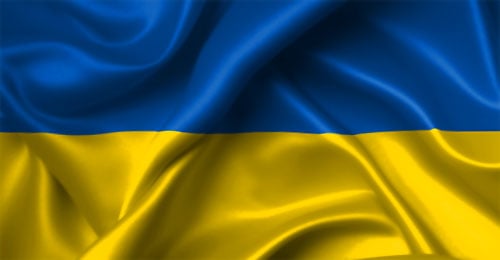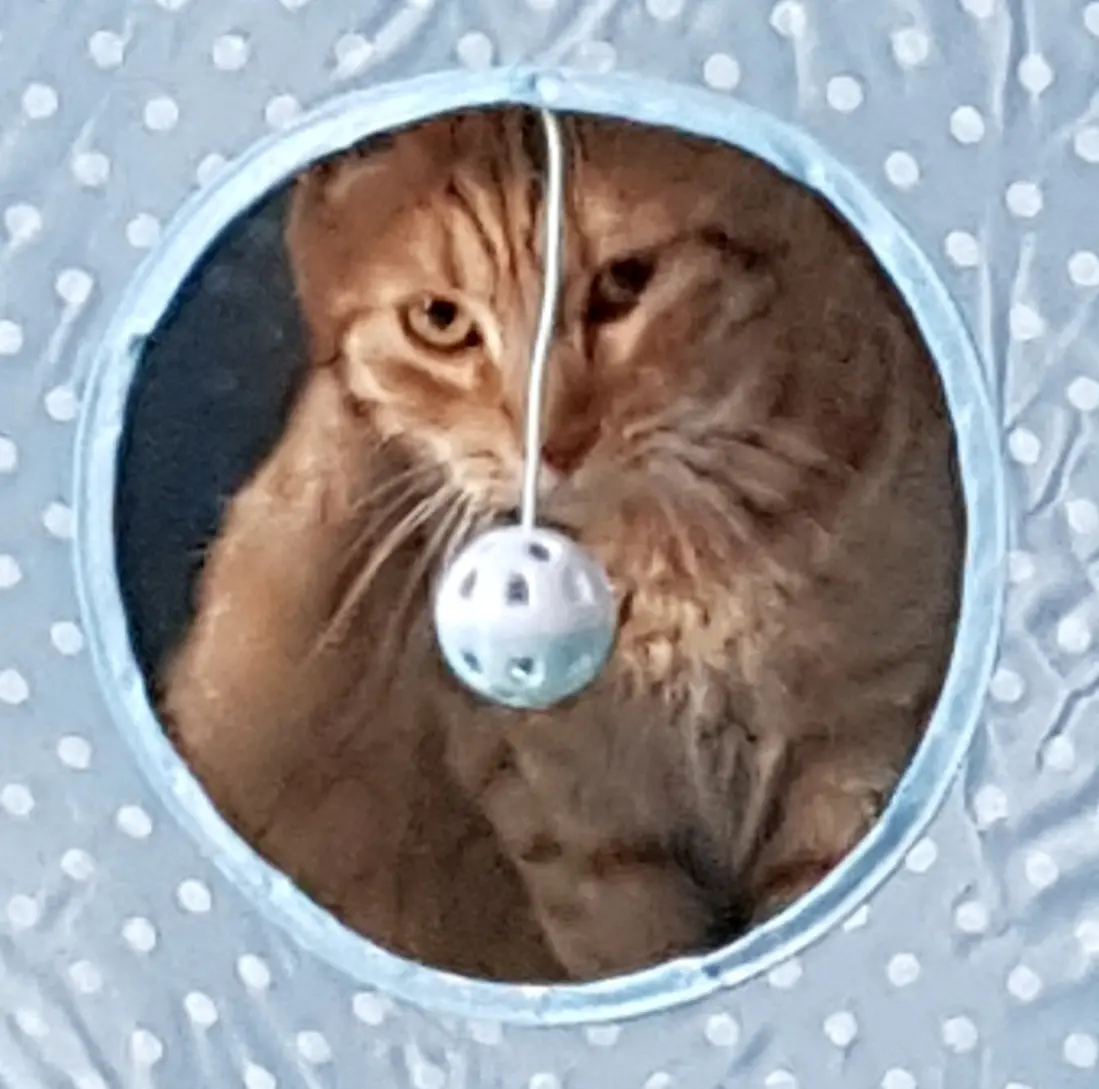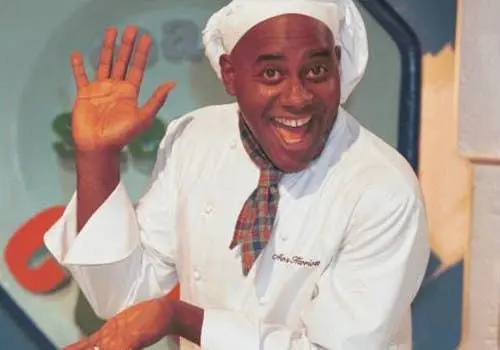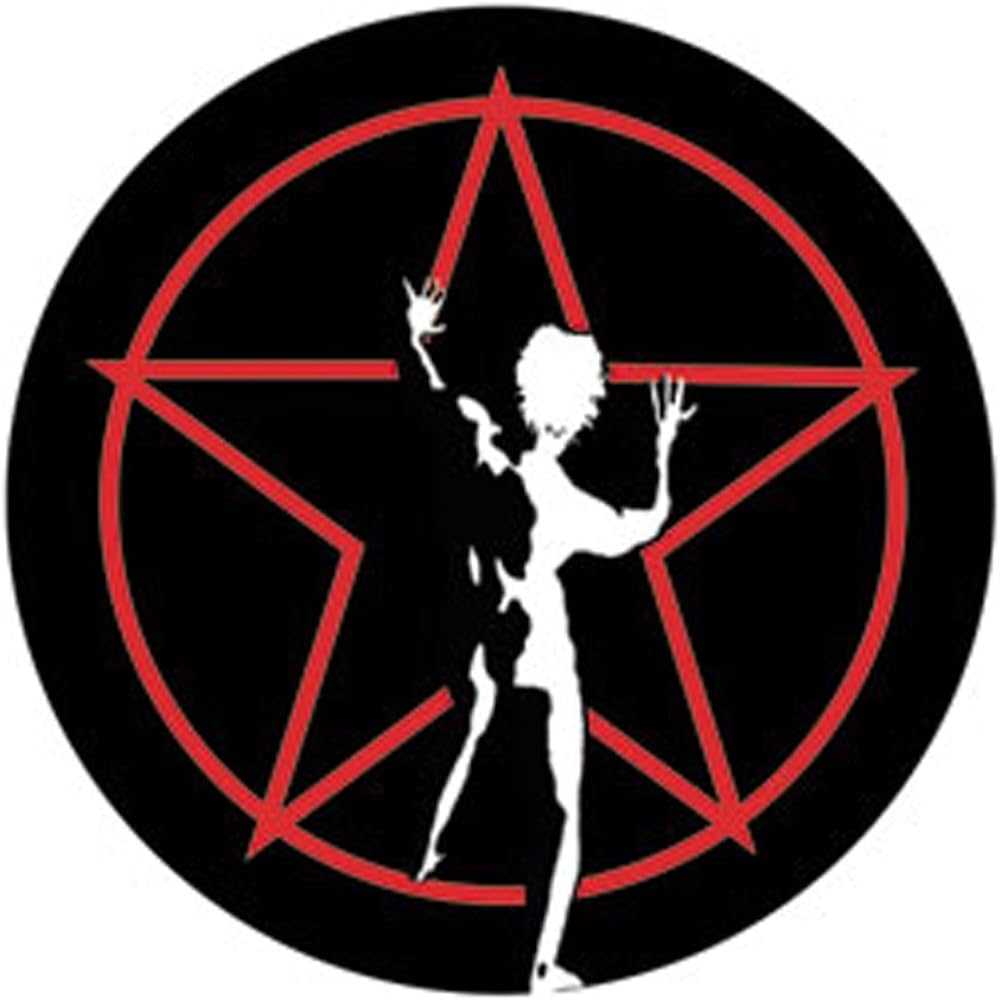Just put 1/3 football fields of flour and 1/12 Empire State Buildings of salt and exactly 2 1/4 tsp of yeast (no more, no less)
Don’t forget the 1/137th of a blue whale of water.
Wait till you learn that pre metric Canadian measurements use the same terms but are different.
What do you guys call bell peppers?
Paprikas
Peppers.
Ooh interesting, how do you call those:

Also pepper. Usually, if referring to a “bell pepper” they would call it by its colour, so a red pepper or orange pepper. Pepper the seasoning may be black pepper (thats the most common).
This doesn’t feel sufficient. There are so many varieties of peppers that are red or orange. Like, if someone said use an “orange pepper”, you’d have very different dishes if you chose a habanero instead of an orange bell pepper.
C’mon now, you’re being difficult and pedantic. If a recipe wants you to use a habanero, it’s going to tell you explicitly. No recipe written in English that’s worth following is going to refer to a habanero as an “orange pepper”.
If it wanted a habanero pepper it would say habanero pepper in the ingredients. The populations of Ireland and the UK don’t seem to have any issues getting things like this mixed up.
I’ve seen people make similar statements when they learn we say “Torch” instead of flashlight and they wonder how we don’t get mixed up with the ancient flaming Indiana Jones style torches.
If someone said Peppers it means the green, orange and red peppers. If the said Pepper it’s the salt and pepper type. For a jalapeno it would be chilli pepper.
It works here anyway.
In the US, I think red pepper could get confused with chili peppers, but maybe that’s just me.
We then call those chili peppers.
Peppercorns, but when ground up it becomes pepper.
Capsicums
Removed by mod
No, we don’t. Weird how you can’t figure this out
Removed by mod
Dude, who pissed in your breakfast?
Its a troll, check the modlog for him.
Yeah, I know. Such a sad existence
Thank dog for that. We already have enough assholes.
The only thing measured in grams in the US is cannabis.
And bullets are measured in millimeters
It depends. Ones designed in other countries, yes. But if the bullet was designed in the USA, it is measured in inches like .45 ACP or .223 Remington
TIL that .223 Remington and 5.56x45mm NATO are very similar but not identical cartridges. Weird!
They aren’t identical but the cartridge is so similar they can be used interchangeably.
This is dangerous.
TL;DR:
You can use .223 Remington in a rifle built for 5.56x45
You should never use 5.56x45 in a rifle chambered for .223 Remington
Are you worried about the pressure? The round will absolutely feed.
Yes, of course I’m worried about the pressure.
You can also feed and fire a .300 blackout in a 5.56 rifle/barrel, it will just destroy the weapon, and maybe your body if you’re not lucky.
<nerdery>
…Almost interchangeably. .223 Rem rifles have a shorter freebore than 5.56x45mm NATO rifles. That is, the distance from the mouth of the case to where the rifling in the barrel starts is going to be significantly shorter on a .223 Rem barrel. The result is that you can, maybe, possibly, develop a much higher pressure in a rifle marked for .223 Rem than you would for 5.56x45mm NATO, since the resistance to the bullet is going to start somewhat sooner in the powder burn cycle.
What this means is that you should never use M193 or M855 ammunition in a rifle marked for .223 Rem.
Ideally, if you were loading ammunition for a bolt action rifle, you would measure the freebore, and load your bullets so that there was no jump to the lands. That is, when the bullet was chambered, you would want the projectile already in contact with the lands, so that there was no ‘jump’. But the freebore is so significant on 5.56x45mm NATO that if you load ammunition such that there’s no jump, or only .020" jump, then your bullets are too long to fit in your magazine.
I think that you have similar issues with .308 Win and 7.62x51mm NATO, but I’m not sure off the top of my head.
</nerdery>
There’s too many stories of people successfully doing it for it to be impossible. At most I’d say you need to be aware of your rifle. Most reputable ones will be fine though. If you buy a 100 special that’s on you.
I thought Americans loved their fractions too much for those numbers.
The only ones who like fractions are carpenters. If you bring fractions into a machine shop then you’re going to get a wrench hucked at you. Mechanics on the other hand keep the peace using fractions for fasteners and decimals for tolerances.
I’m on record multiple times on this platform saying I prefer to work in fractional inches in the wood shop specifically. It’s well suited to the tasks you end up actually doing while building furniture. If you wanted me to build a car, I’d do it in metric.
Ok, I think I was still thinking about recipes but that is still way more than I’m used to and so arbitrary.
I think most medicines are measured in grams over there too (500mg for acetaminophen / paracetamol). And Cocaine.
Weed is measured in both!
Cocaine is one hell of a measurement.
Medicine is in metric except for the entire bottle of liquid medicine. How many 30ml doses are in an 8oz bottle of nyquil?
We have 2 liter bottles of coke, but also 16oz if you just want to drink now.
Don’t ask about cooking measurements we don’t get it either and everyone who questions it turns into flour within the week.
Britain is weird too.
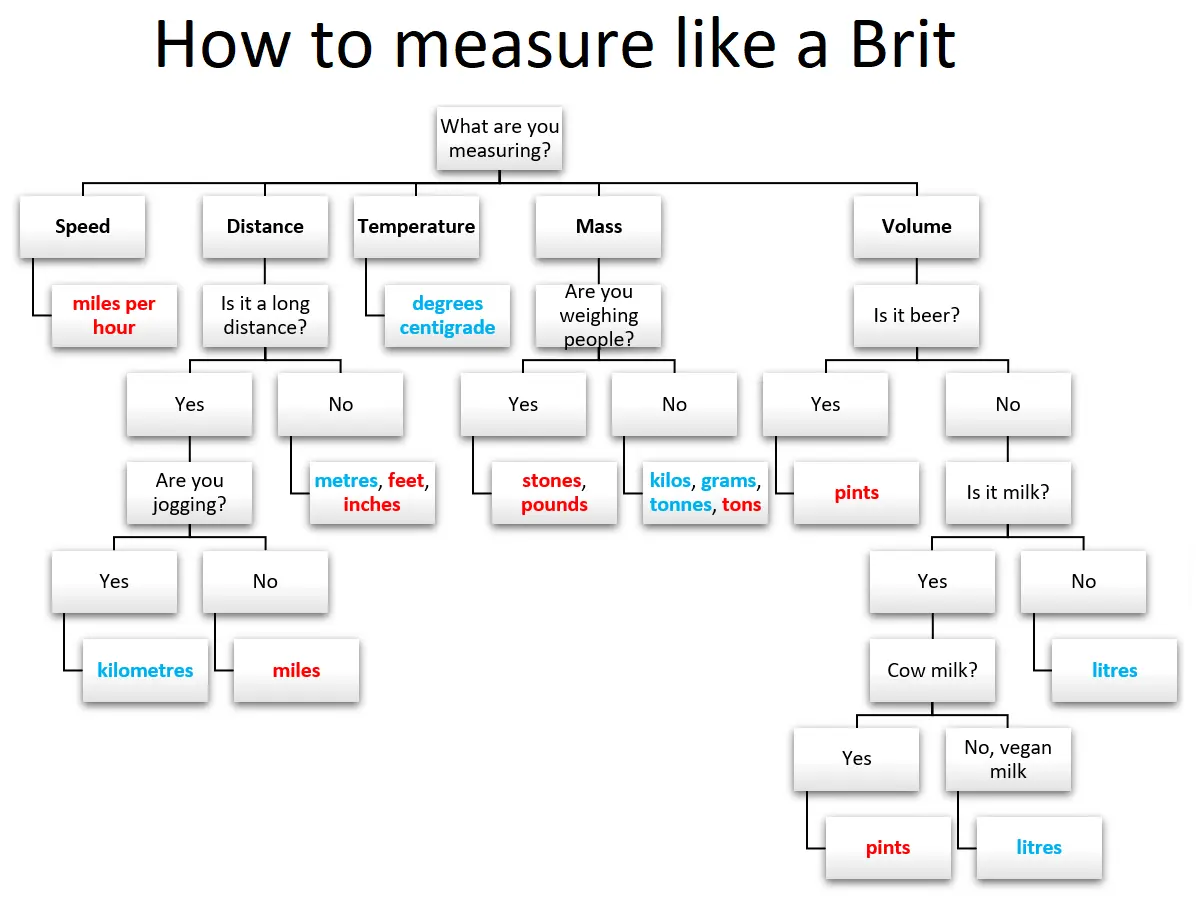
Liquor sizes: 375ml 750ml 1.75L Wine: 750ml 1.5L
Anyone who asks for a pint or a half gallon at a liquor store is just wrong (unless they want beer)
It’s actually sold in ounces. And grammes. My local head shop does that.
In Russia, cannabis was measured in “matchboxes” (around the amount that gets in to a small ziploc) and “glasses”, where glass is a 220ml glass Russians drink vodka from in the movies.
So it goes full circle when you start measuring cannabis in glasses, sounds really American!Yeah but how many hands is your horse?
Removed by mod
So long as they can make it a few furlongs a minute it’s a decent horse
Oh my god another country calls things different words! How outrageous of them!
The idea of spices is a foreign concept to them
That doesn’t stop it from being annoying. I’m not blaming American recipes.
That’s exactly what the title of your post is doing lol
They are annoying, its not their fault.
Cilantro is mui fomoso.🎺🪇🎶
What is a cup? What is a cup for liquid? What is a cup for flour?
Ffs.
Cups are ~235ml regardless of wet or dry. They are one of the sane-er measurements
You may be confusing your frustration with the ounce, which may refer to:
- avoirdupois ounce, used for mass in most cases
- Troy ounce, used for mass when referring to precious metals
- the imperial fluid ounce, used for volume sometimes
- the us customary fluid ounce, used for volume sometimes
- the us food labelling ounce, used for volume like the customary fluid ounce, but rounded to a nice number of milliliters
In metric, dry ingredients are measured by weight, so how much a cup is changes for each ingredient.
Dry ingredients by weight isn’t a metric exclusive thing, it’s an “accurate recipe” thing. Plenty of American recipes call for ounces and pounds. Cups are also a unit of volume, so 1c of milk occupies the same volume as 1c of water even though their masses are different (at a given temperature; which is why it’s better to use weight for liquid ingredients as well)
The confusion is when you have no idea whether they are calling for 28.4ml, 29.5ml or 28.3g when they say “ounce”
No, I’m also confused by “a cup of flower” or even “a cup of broccoli” in American recipes.
What’s confusing about it? It’s the amount of flour that fills a 236ml cup. It’s no different than measuring 1L of water
You may say “yeah well it depends on how finely ground the flour is or how tightly packed the broccoli is” and the answer is “it either doesn’t matter or it’s a bad recipe”
Not confusing, just crappy.
Volume for a powder is bad because they can “fluff up” when poured reducing the amount being added, so proportions are wrong.
Liquids don’t hold air like flour does.
Sure, so then you do it by weight and I have to ask if your measuring the flours weight in Florida or Arizona and what time of year it is to figure out how much humidity is in it.
Food should never require that amount of accuracy. It’s a bloody cake, how much flour and water do you need, about that much. Eggs? A few lol, only have 2 fuck it that’s fine
That can vary wildly based on how compact the flour is.
There is a best practice of spooning flour into the measuring cup to avoid dense packing but in my experience most people just scoop and go even though it introduces variability. Usually it won’t matter too much or you’ll see things like, “If the dough seems dry add more water a tablespoon at a time.” included in the recipe. Of course even with weight you sometimes see that sort of instruction because the moisture content of flour varies.
I get why that’d be a bit annoying particularly if you aren’t experienced with the type of dish.
It DOES matter and that’s why you need to be very clear on how you properly measure when you use volumetric measures for powders.
Most serioys US bakers use metric eg a stick of butter is 113g of butter.
If it’s a recipe that it matters in then the standard is to not pack the flour and to level the top of the cup, otherwise (like broccoli) its being used as a helpful guestimate for an items total, not a necessary and essential measurement
There are plenty of things to be confused about, but it is baffling to me that this should be one of them.
A cup measure is a unit of volume.
I get it if you are not familiar with that unit of measurement, but to be confused about using volume as a unit of measurement… it is not exactly rocket surgery.
Seems like you are just looking for a reason to be annoyed.
Legit, if that’s confusing to you, maybe take a step back and take a formal cooking class.
It doesn’t matter what system you use, a unit of volume is a unit of volume. Doesn’t matter what’s in it, it’s in a container that holds that volume of any given thing. If that thing is all air or water, or other liquids, the thing being measured will have less gaps in that volume, but that’s irrelevant because recipes using units of volume take that into account.
If a recipe calls for a litre of flour, would you still be confused?
Now, if you’re just objecting to volume measures instead of weight, that’s a different issue as well, but equally irrelevant because the recipe will still be calibrated for that weight, so if you don’t have a scale, you’re equally screwed.
People seem to forget that it’s a fairly recent thing to have any accurate measures in recipes at all. And even more recent that a home cook is going to have access to accurate scales. It’s one of the things food historians have to deal with. You go back past the 1900s and good luck finding anything standardized at all. I used to have my grandmother’s collection of measuring spoons that had accumulated in her family. Even the ones from the result early 1900s weren’t exactly identical in volume when tested against each other
The recipe books from England during that era weren’t better than US ones. Nor were the French recipes.
Measuring by volume came well before weights in cookbooks across all Europe and the americas.
So, if that’s actually confusing for you, that cups/liters/whatever is a container full of the ingredient, you must be a very new cook indeed. Nothing wrong with that, but it’s a very simple concept
If a recipe calls for a litre of flour, would you still be confused?
To be honest, yes, that would be weird to a European. Flour is usually measured in weight and not volume. Volume is usually used for liquids only over here. And volume is not very helpful for another reason: if I need 12 cups of flour, how many bags of flour do I need to buy? They are sold per kg here. Do they sell flour by volume in the US?
You’re in Europe. If you’re cooking an American or British recipe, you’ll have to convert things. Same as you would if you were cooking a recipe that’s using other measures, though since those aren’t likely to be in European languages at all, unless they’re much older, I can’t imagine the average person trying to.
Volume is plenty helpful, as I said, because you don’t really need anything complicated to use it. A vessel with lines on it is about as simple as it gets. Hell, most recipes issuing volume measures don’t even need precise measures at all, there’s a ton of wiggle room in them.
I’m kinda weirded out that you skipped all the parts about how and why various forms of measure moved into recipes and basically repeated the same complaint, tbh.
A lot of recipes would benefit from being moved to weight rather than volume. And that’s regardless of what units are involved. But, they then become something one tier more complicated. A pound of potatoes is more precise than two medium potatoes. But precision doesn’t matter with potatoes because you aren’t going to waste half a potato to get exactly one pound.
Flour isn’t any different until you get into baking, and even then the degree of precision needed isn’t what you’d need in a chemistry lab. You can do all kinds of baking just by eyeball; using volume is just more precise, and weight another step more precise.
That’s why it doesn’t matter than flour is sold by the pound and used by volume or grams. You buy bags of flour and store them so that you have them ready. It’s a staple food. If you need to have an unusually large amount by volume, you’re going to go buy another bag, or two, or three.
If the recipe uses grams, you use a scale that has gram units. If it’s by ounces, that’s what you use. If the recipe calls for deciliters, or milliliters, the same just as it would be by cup. Conversions are just part of cooking. It always has been.
Maybe, if you can get every country in the world to start translating their recipes into a standardized recipe language, you could eventually get to where conversion isn’t part of it. But it wouldn’t be as simple as just doing everything by weight. There’s too many ingredients like potatoes or eggs where the unit is the item itself. The waste involved would be absurd.
Seriously, it isn’t rocket science, it isn’t a chem lab. Grab a conversion chart, have some fun.
Never really reflected on it, but plenty of swedish recipes measure things like flour in deciliters (sometimes with gram equivalents with things like bread). Don’t know if it’s us being silly, or if it’s common elsewhere…
You might be right, I think I got annoyed with fluid ounces in cups in a recipe with flour also measured in cups, and some other random third measurement.
Also an ounce of common sense!
Oh, and is it an american cup or an english cup? Yes, they’re both different.
If you are complaining about American recipes, then it should be self evident what version of cup it is.
I mean, in this comment i’m complaining about cups as a measurement specifically. The post as a whole is complaining about american recipes.
What is a foot? Whose foot?!
Why is it a pound 💷? It weighs nowhere near a pound?!
One pound sterling (the full name of £) was once worth one pound of sterling silver.
No word of a lie, one of my university roommates came up to be the first week we were living together with a drinking glass in his hand and asked me if it was what a recipe meant when it said “add a cup of water.”
What’s fun is halving a recipe with a quarter, 3/4, or third…
I just want to know if you are cooking using European recipes are you constantly weighing every ingredient out into a separate dish or just get used to estimating “This much butter is about X grams”? I’d go nuts if I had to sit there carefully weighing out everything instead of just going “1 tablespoon, done”.
You literally put a bowl on scale and add to it the semi correct number of grams. Or alternatively put the package on scale and remove until scale shows correct number of negative grams.
Same with liquids since 1g = 1ml roughly. It couldn’t be easier. Also some packages eg butter have gram measuring lines written on them. Most of the time you don’t even use it unless it’s baking or fermenting or anything else where its hard to do it by feel.
 This is how we tell how much butter we get
This is how we tell how much butter we getWhat is funny is Americans are doing the same thing to measure their butter, cutting off chunks according to a ruler on the package, it is just marked in volume on the side of the package instead of weight:

Nobody* is complaining about table spoons or tea spoons but cups are a stupid unit of measurement because cups come in all kinds of sizes
For butter specifically: a block of butter is usually 250g in Germany so if the recipe says 50g butter I’d eyeball 20% of it
*Maybe some are
Removed by mod
Wow you’re being very annoying on this thread.
Not only in this thread, seems to be an insufferable person in general
Good lord https://lemm.ee/modlog?userId=18014060
Removed by mod
Yeah, it really shows that you need help
Removed by mod
Please elaborate?
Usually, you put the bowl on the scale and throw everything in and tara inbetween each ingredient.
Yep. Most of my recipes are at most two bowls and typically just one.
Why would you have to carefully weigh anything? Butter doesn’t really need to be measured, just eyeball it and go from there.
In the U.S., butter is sold in sticks of half cup/4 fl oz/8 tbsp by volume, but it’s basically fine to think of them as little 100g portions too. Tolerances for cooking are pretty high, and people aren’t that precise at cutting off whatever portion they need.
If you’re baking, there needs to be a bit more precision, but that precision matters whether you’re measuring by weight or volume, or imperial versus metric. Plus, a lot of baking can be done by feel when you have experience anyway.
Just go and do. Cooking is fun. Some people like to measure, and some don’t. It all works, though, as all the different styles still converge on the principle that making tasty food for yourself and loved ones is a pretty universal experience.
Tablespons are used to measure stuff here. Butter has a little diagram/ruler at the side that shows how much the piece you’re cutting off weighs.
I have different sized spoons at home and I never know which is the correct one for the recipe. On top of that I don’t know if the spoon should be leveled off or if it should be with a heap on top.
But if the recipe says 15g, I can put the bowl on a scale and put the stuff into it until the scale says 15g.

I get the rocket and coriander ones, also the units of measurement but what do you call a bell pepper? (Also how do you differentiate dried cilantro seed powder from the fresh herb? I like to know if I should be using a spice or the fresh plant)
what do you call a bell pepper
Paprika.
https://en.wikipedia.org/wiki/Bell_pepper#Nomenclature
It’s very well documented.
In the uk we call a bell pepper a pepper. Red/green/orange/yellow prefixed as required.
what do you call a bell pepper
Capsicum. Or red/green/yellow pepper.
Red/yellow/green pepper is generally valid anywhere bell pepper is. But bell lets you choose your favorite!
Rocket???
Arugula is known as Rocket in most of the rest of the world.

Because the word “rocket” doesn’t mean the same or even exists in all languages, obviously. How are you this dumb?
Cilantro is the herb, coriander (seed) is the spice/dried powder. Often you can tell by what you are making and how it’s being used/added, but typically they are differentiated as above in American recipes.
Genuinely confused as well about the pepper, a bell pepper is a pretty universal name for it as far as I knew. Folks also refer to them as green/yellow/red peppers here, or sweet peppers occasionally (usually when used in Italian food), but bell pepper is the generic name.
Cilantro is the herb, coriander (seed) is the spice/dried powder.
That’s very much an NA thing. US mostly, but also sometimes in Canada. Coriander is name of the plant.
Indeed. I know “Coriander seeds” and “Coriander green” (Or “leaves”). Chilantro is maybe an American word for some reason?
Cilantro is a Spanish word and Mexican dishes are probably where most Americans are exposed to the food.
Ah, it is a Spanish word. TIL.
In a whole load of languages, you call bell pepper paprika. If you just say “pepper” to me, that’s usually black pepper in particular. If you say chilli pepper, that means a spicy variant of the capsicum genus. A non-spicy capsicum genus member? That’s a paprika.
There’s no name to put in front of “pepper” in my language that would make it refer to paprika.
That said, in English, it’s apparently almost always something something pepper. Or capsicum. Or apparently according to Wikipedia, in the American mid-west, mango???
In English, paprika usually refers to a spice made from peppers. I don’t know the history of it, but I assume it’s a translation issue that led to the two words referring to essentially the same thing.
The whole calling it peppers part is the mistake here: Some varieties of capsicum are spicy, like pepper is, so capsicum also got the name pepper.
OG pepper is black pepper, aka peppercorn. That had the name way before bell pepper did, which is why in other languages, bell peppers aren’t generally called pepper.
Capsicum is also the family of the plant, so it makes sense to call it that.
It could also be that the name was taken from the French (or other language maybe) “poivron” which is pretty close to “poivre,” which is the word for pepper/peppercorn.
Can confirm; I heard at least one person in central Ohio call bell peppers “mangos” when I was growing up. I have no idea where they got that from.
a bell pepper is a pretty universal name for it as far as I knew
I thought every language just called it paprika. TIL English doesn’t
In spanish they’re called pimentón or pimiento dulce. The powder is called páprika though.
In Bluey they call them capsicums. Which is a fun word to say, we do that now.
I call it a bell pepper. Paprika is a spice.
UK and Ireland paprika is pointless and flavourless.
Just call it a pepper, like “red pepper” or “black pepper” for the seasoning.
There are other kinds of peppers that are those colors, that’s why we use “bell pepper” to refer to the ones that look like bells
If you went to my garden and used my red peppers (serrano) as a replacement for red bell pepper then you’re going to end up with a much spicier dish
I mean, context is also used, a teaspoon of red pepper is likely referring to the seasoning.
please don’t use google. There are plenty of good search engines that aren’t evil.
Not my picture.
Truth.
Removed by mod
TIL other countries are too dumb for measuring cups…lmfao
Opinion discarded due to coming from a country that elected a felon dictator and an immigrant african nazi to stage a coup. After they failed at a coup during their last term.
☹️
Yeah, and people that dumb figured out measuring cups.
Finding something annoying is not the same as not understanding it. Don’t worry, at some point you will figure out the difference, it’s actually not that hard, you can do it.
What do you mean?
Grew up with cups, now use weights for nearly everything and it’s so much better, easier, and uses fewer dishes to wash.
You can ask the AI chat bot to do the conversion for you.
nothing like using gallons of water to generate a paragraph that incorrectly describes the conversion
It’s weird to me how it manages to fuck up that kind of simple cut and dry answer thing.
If we made a list of things you can do, that would be on the list.
Because that surely will be right every time. /s
Many people aren’t dumb enough to go ask a shitty AI about everything.
Unit conversions are something that AI chatbots can be programmed to do normally, by simply providing them with a unit converter alongside their language model

